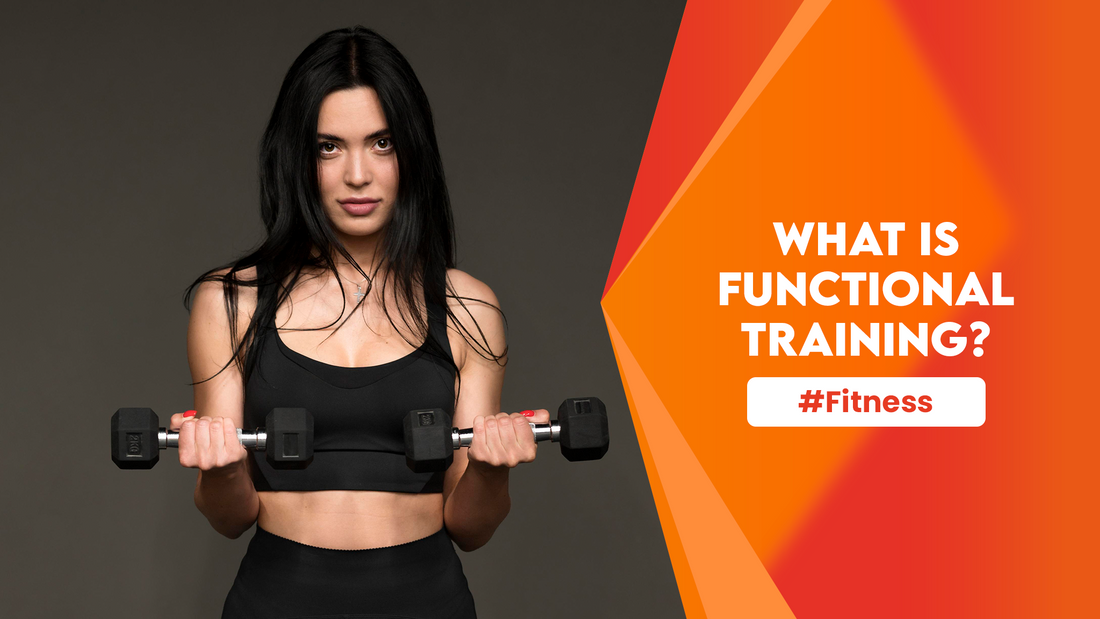
What is Functional Training?
Share
Have you heard of functional training? In recent years, the popularity of this type of physical activity that allows progressive work on strength, resistance, mobility and balance has increased.
What Is Functional Training?
Functional training is characterized by adapting to the natural movements of the human body. For example, some everyday movements like jumping, bending, or pushing can be part of this type of routine. In this way, a very complete work is achieved since the activity of all the muscles and joints is involved.

Functional exercises, in addition to being global, are of gradual intensity. However, the capacities are always adjusted to our objectives. Of course, it is important that these sessions are marked by a professional. The functional trainer is the one who is in charge of preparing a functional training table adapted to each person. The exercises will be short and the intensity will affect according to the progress of each athlete.
What Does A Functional Trainer Do?
The functional trainer must know the history of the person, taking into account if he suffers or has suffered some type of injury, for example. In this way, the results of functional training will be effective and the risks will be minimized.
From the collection of the personal information of each athlete, the monitor will establish various circuits in which the different muscle chains will be worked on. In addition, who will determine the intensity, the recovery intervals, as well as the warm-up exercises and the appropriate stretching.
What Are Functional Exercises?
As we have mentioned, functional training exercises are those that are based on strength-resistance work and that involve the participation of all muscle groups. Some examples are these:
- Front or side planks, resting on hands or elbows, to tone the core.

- Squats to strengthen quadriceps, hamstrings and glutes.

- Strides, another intense option to work the lower body.

- Pull-ups, an excellent exercise that raises the pulse and with which the force exerted using one's own body weight is considerably increased.

- Deadlift and exercises with weights to work the posterior muscular chain.

Benefits Of Functional Training
Functional training, thanks to its global characteristics and its progressive difficulty, is highly beneficial for general health. If it is adapted to your own needs, it can provide all these advantages:
- Muscle strength gain.
- Increased agility and flexibility, as long as stretching is included.

- Improvement of body posture thanks to the two previous points. All the muscular chains are worked and the work of the abdomen and back is taken into account.
- Reduction of low back pain, as long as a good technique is carried out with the supervision of a professional trainer.

- Decrease in body fat while increasing muscle mass.
- Acceleration of metabolism, which promotes weight loss and increased energy.

- Increased sports performance.
- Improved balance, stability and reflexes, thanks to the characteristics of the exercises.
- Improvement of physical and mental health to achieve greater well-being and quality of life.

Now that you know a little more about this type of physical activity, you may want to try some examples of functional exercises like the ones we mentioned above.
Functional training at home is a good way to start noticing the positive effects on our body. If you like it, do not hesitate to go to a trainer or professional in sports coaching to progress with personalized circuits and adapted to your objectives and needs.












